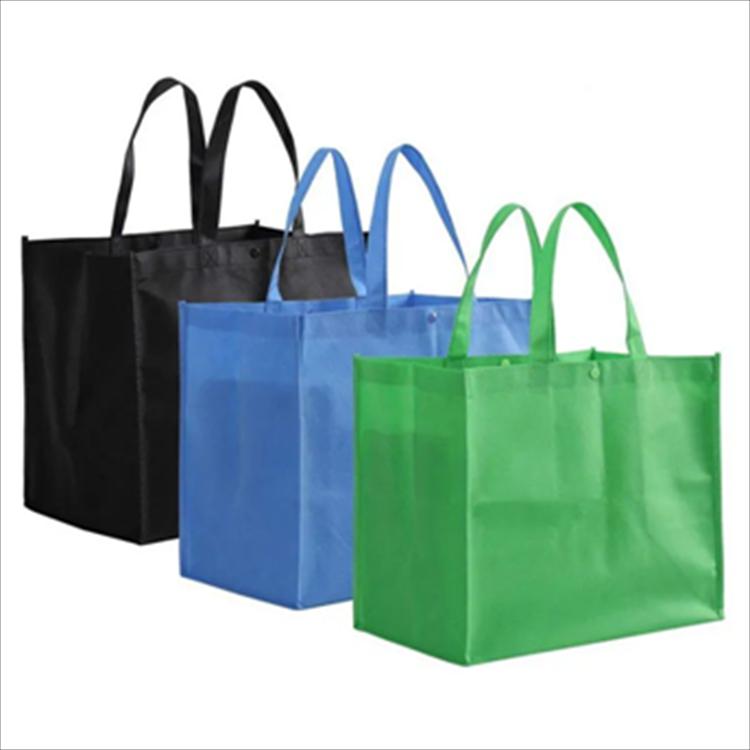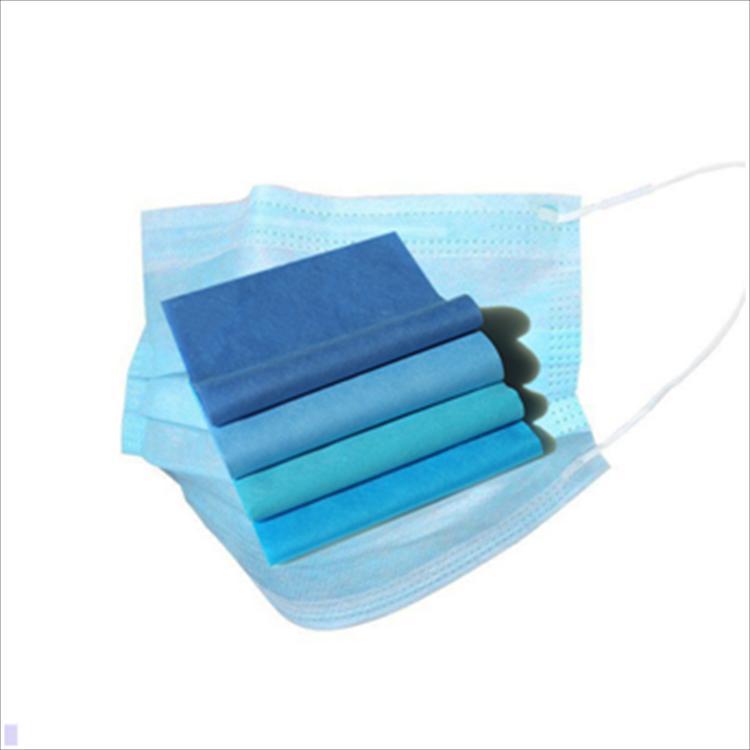PP spunbond non woven fabric is the most common and common fabric in the non woven classification. The process is simple, the output is large, the cost is low, and the use is wide. It is a new generation of environmentally friendly materials.
1. The production raw materials of PP spunbond non woven fabric are environmentally friendly
Non-woven fabrics mostly use PP (polypropylene) pellets as raw materials, which are produced by continuous one-step method of high-temperature melting, spinning, laying, and hot-pressing and coiling. Polypropylene is a semi-crystalline thermoplastic. It has high impact resistance, strong and tough mechanical properties, and is resistant to various organic solvents and acid and alkali corrosion.
In terms of environmental protection, the raw material of most of the non-woven fabrics used is PP (polypropylene), while the raw material of plastic bags is PE (polyethylene), which are quite different in chemical structure. The chemical molecular structure of PE (polyethylene) is quite stable and extremely difficult to degrade, so it takes 300 years for the plastic bag to decompose; while the chemical structure of PP (polypropylene) is not strong, and the molecular chain can be easily broken. Therefore, it can be effectively degraded, so the production raw materials of polypropylene non-woven fabrics are more environmentally friendly.

2. Tote bag PP spunbond non woven fabric
Non-woven handbag refers to a handbag made of PP spunbond non-woven fabric. It is a green product. It is tough and durable, beautiful in shape, good in air permeability, reusable, washable, and screen-printed for advertising. It is suitable for Any company, any industry as advertising, gifts and as outer packaging. Consumers get a beautiful non-woven bag while shopping, and merchants get invisible advertising.

3. Mask PP spunbond non woven fabric
PP spunbond non woven fabric masks are one of the most widely used categories in our daily work. The structure of a non-woven mask should be divided into two parts, one is the main body of the mask, which we can simply understand as the frame of a mask; the other is the filter material part, including filter cotton for dust and anti-virus. chemical filter cartridges, etc.
With its good isolation performance, especially the S-grade PP spunbond non-woven fabric that has undergone three anti-static and anti-static treatments, it is more suitable as a high-quality medical protective material and has been widely used all over the world.
Thin and light products are particularly suitable for the hygiene market due to their waterproof and breathable properties. It is used as sanitary napkins, panty liners, baby diapers, and a leak-proof edge and back for adult incontinence diapers.

Medium thickness PP spunbond non woven fabric, suitable for medical field, production of surgical cloth, surgical covering cloth, anti-bandage, bandage, plaster, etc., also suitable for industry, production of work clothes, protective clothing, etc.
Suitable for disposable isolation clothing, protective clothing, etc.
It is a non-woven fabric that can be stretched horizontally and vertically. The elasticity is due to the addition of elastic masterbatch. The elastic non-woven fabric is produced with PP medical grade material, without adding any recycled materials and recycled materials.
Uses: eye mask, steam eye mask, 3D mask, suspender strap, ear hook material, mask substrate, medical tape, antipyretic patch, plaster patch, fitness belt, fat belt, beauty headgear, hair cover, knee pad, elastic bandage baby diapers Adult incontinence pants waist and other materials.
With the improvement of national awareness of environmental protection, in addition to common medical supplies, more and more supermarkets have chosen masks made of PP spunbond non-woven materials, which are reasonably priced and can be reused, which has been recognized by everyone.




 Email: info@whldiapernonwoven.com
Email: info@whldiapernonwoven.com MP/WhatsApp: +86-13599937366
MP/WhatsApp: +86-13599937366 Manufacturer Address:Room 1105B, Bld M1, Manhattan, Yulongwan, Shimao, Shuanglong Road, Meiling Street, Jinjiang, Fujian, China
Manufacturer Address:Room 1105B, Bld M1, Manhattan, Yulongwan, Shimao, Shuanglong Road, Meiling Street, Jinjiang, Fujian, China